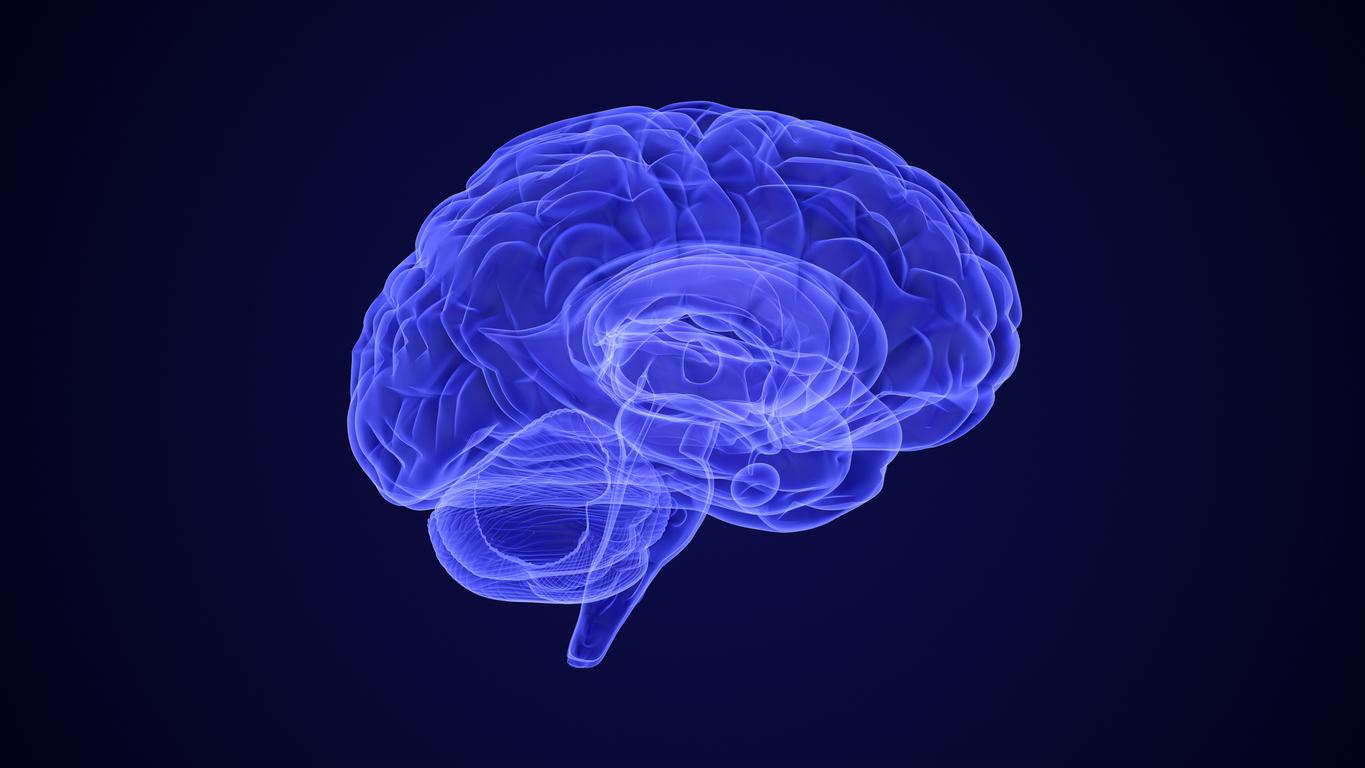In patients with Parkinson’s (2% of those over 65), it is very common to identify clusters of a certain protein: alpha-synuclein. What if it was enough to test the cerebrospinal fluid (or even the blood) to detect the typical forms of Parkinson’s disease earlier? This is the lead suggested by a study conducted on more than 1,000 patients (545 of whom had Parkinson’s) and published in The Lancet Neurology.
The protein is present from the preliminary phase of the disease
As we know that these a-synuclein aggregates are regular in patients with Parkinson’s, the researchers thought that if this biomarker was present in large quantities in the cerebrospinal fluid, this could make it possible to affirm that the patient was carrying the disease. A-synuclein would a priori already be present in large quantities at the first signs of the disease, during the prodromal phase, they note. This test proved to be reliable in 88% of patients and made it possible to accurately determine non-sick candidates in more than 96% of cases.
The latter could serve as a basis for the diagnosis of Parkinson’s, which is currently only detected only through physical symptoms (shaking, slowing down, stiffness…). It is therefore detectable via a clinical examination, before being confirmed by imaging. The ideal would even be to be able, in the long term, identify the amount of this protein in the blood for the least invasive test possible. The objective is also of course to be able to adapt the therapeutic response to this discovery, for tfind a way that the protein does not clump together on neurons, thereby blocking dopamine secretion.
That said, there remains an obstacle to the implementation of this test. Although aggregates of this protein are common, they do not affect 100% of Parkinson’s patients. Carriers of a genetic mutation, LRRK2, do not show a-synuclein clusters.
Source :
- Assessment of heterogeneity among participants in the Parkinson’s Progression Markers Initiative cohort using α-synuclein seed amplification: a cross-sectional study, The Lancet NeurologyMay 2023

















